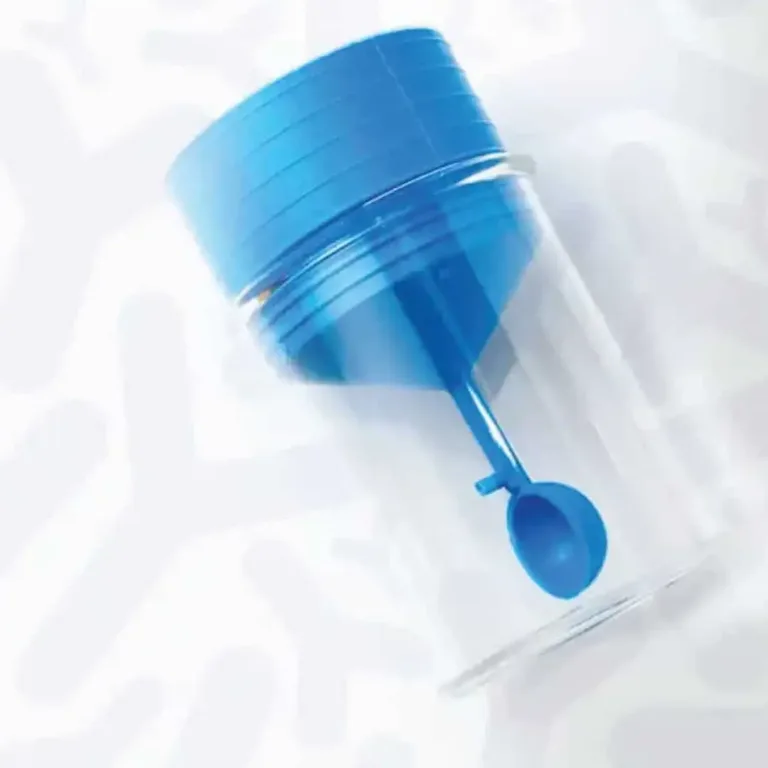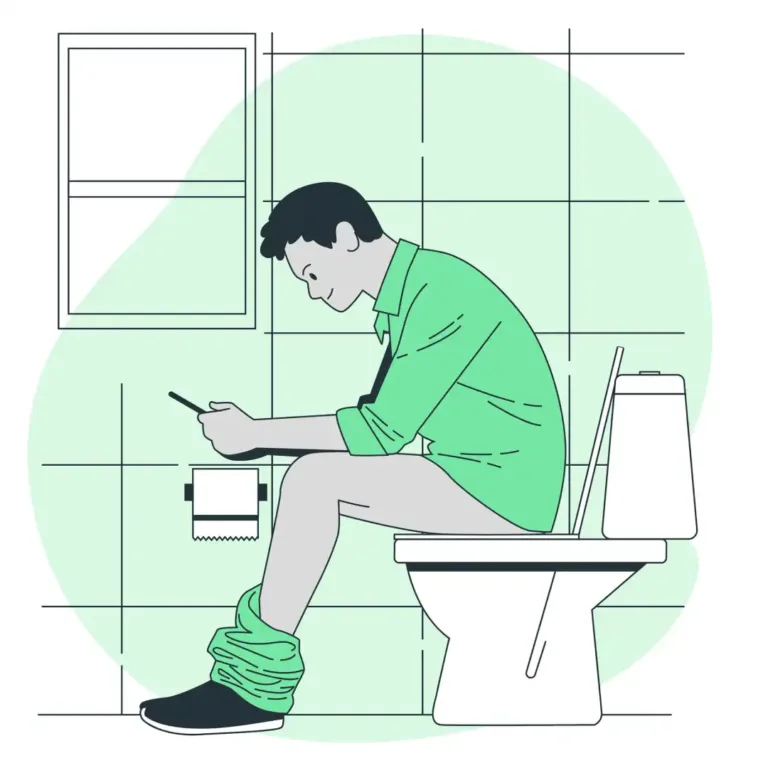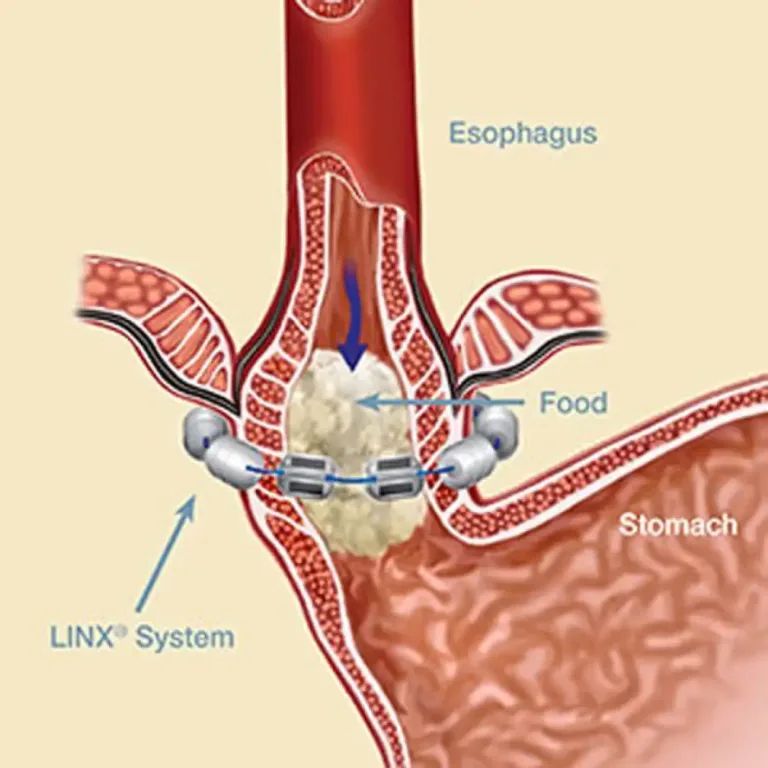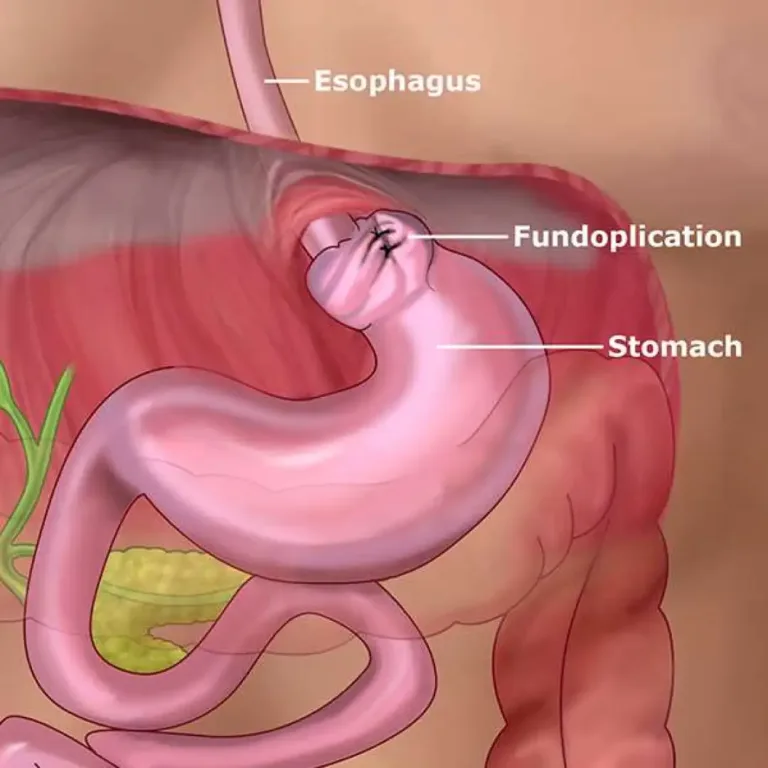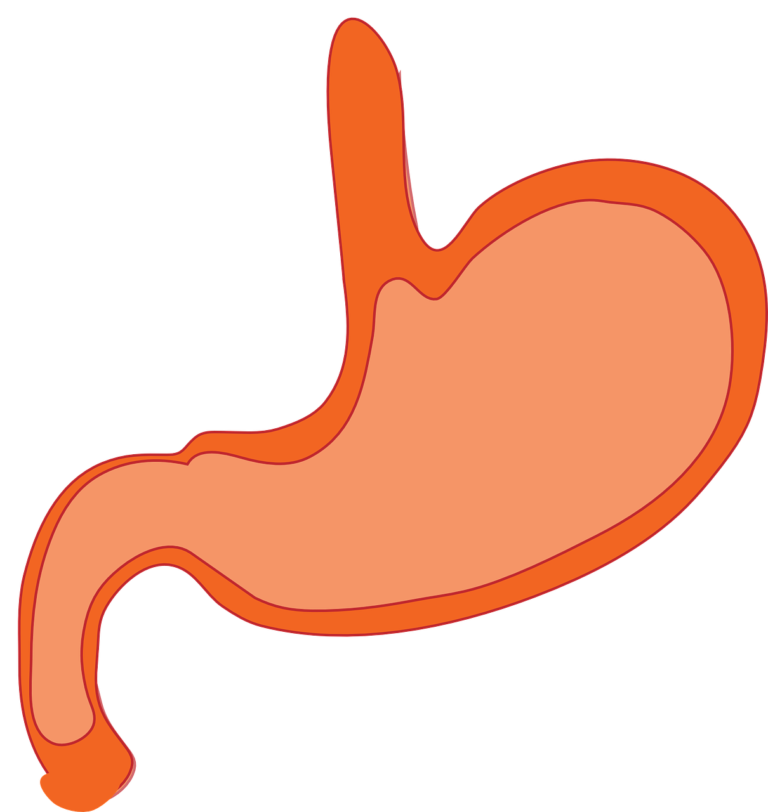Diverticular disease is a condition in which small pockets or diverticula form in the lining of the large intestine and protrude through the bowel wall. This can result in abdominal pain, which is more pronounced in the lower left side, worsens after eating, but eases later. Other symptoms may include changes in bowel movements such as constipation or diarrhoea and the presence of black stools due to blood in faeces.
If an individual has inflamed or infected diverticula, the medical condition is called diverticulitis, which can lead to severe complications. These complications may include a persistent and intense abdominal pain, a fever of 38C or higher, blood or mucus in faeces, or bleeding from the rectum.
Diverticula, which are small pockets that protrude through the bowel wall, may be present in the large intestine without any symptoms. This condition is known as diverticulosis and is typically discovered incidentally during medical scans for other reasons. The likelihood of developing diverticula and diverticulosis increases with age, affecting roughly 10% of people over the age of 45 and up to 80% of those over the age of 85. About 20% of people with diverticulosis will develop diverticular disease.
Not consuming enough fibre is the primary cause of diverticular disease and diverticulitis. Additional risk factors include smoking, being overweight or obese, consuming excessive amounts of alcohol or red meat, and regular use of ibuprofen or aspirin.
A doctor will conduct a physical examination and blood tests to rule out other conditions with similar symptoms, such as bowel cancer, coeliac disease or irritable bowel syndrome. A CT scan or colonoscopy can diagnose diverticular disease.
Treatment for diverticular disease typically involves increasing fibre intake through foods such as fruits, vegetables, wholegrain cereals, potatoes, nuts and beans. Pain relief with paracetamol is recommended. For diverticulitis, a doctor may suggest a fluid-only diet for a few days followed by a low-fibre diet to allow the digestive system to rest and, once recovered, eating a high-fibre diet. In more severe cases, antibiotics, intravenous fluids for dehydration and surgery may be required.
Tests
- Colonoscopy
Treatments / Symptom Management
- High fibre diet
- Surgery for complications (bleeding, perforation)
